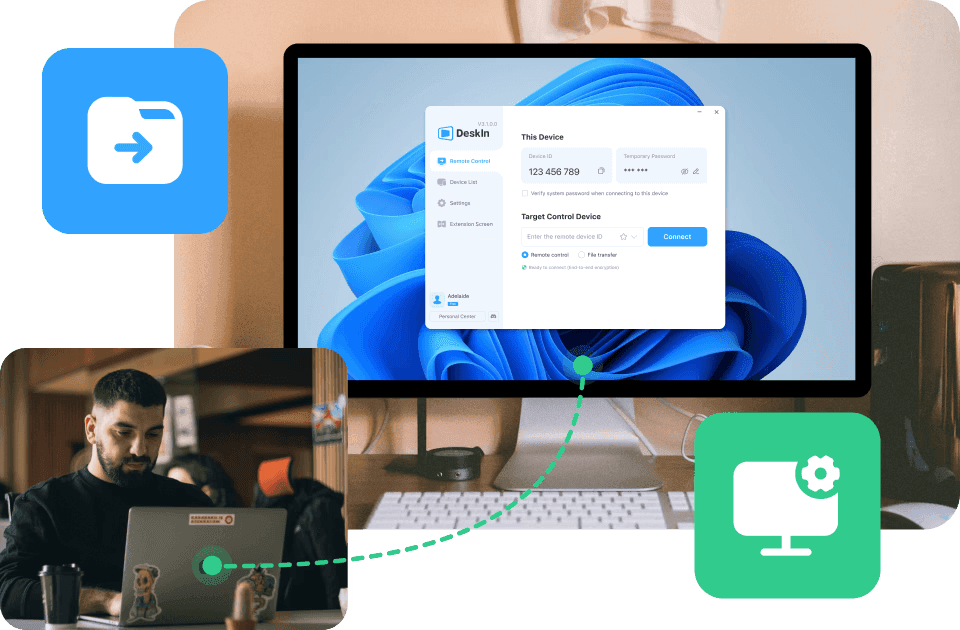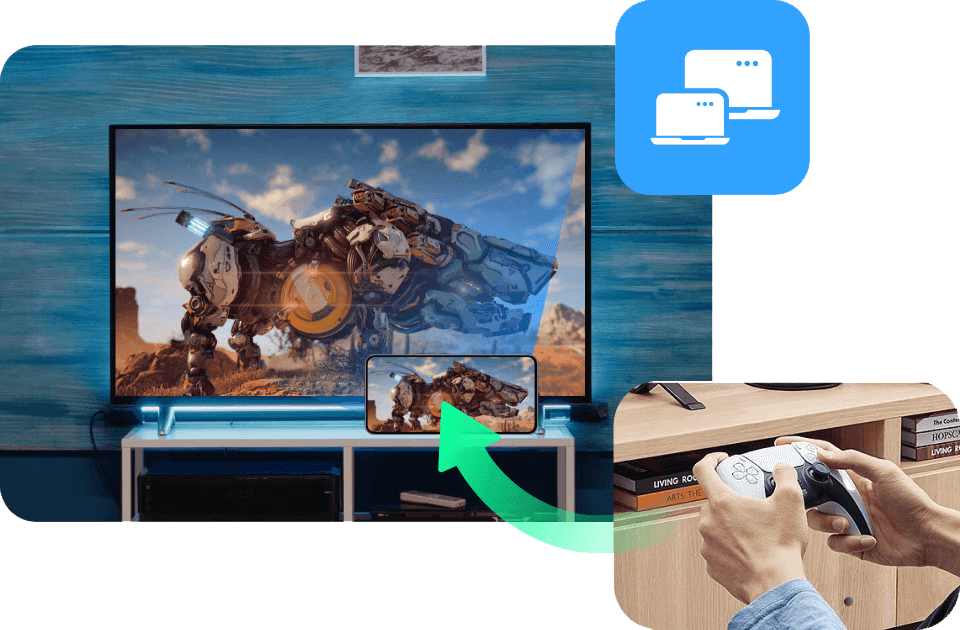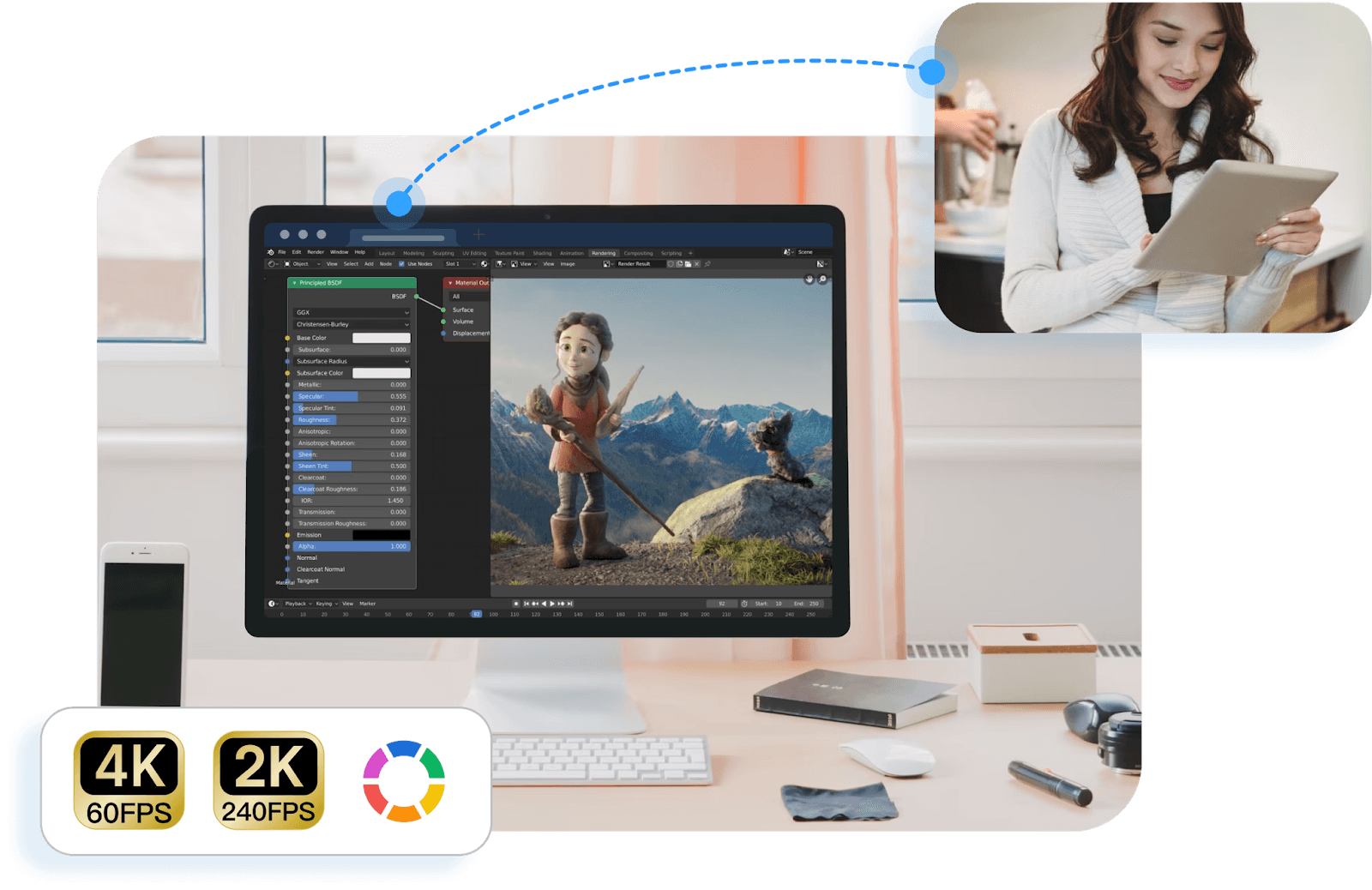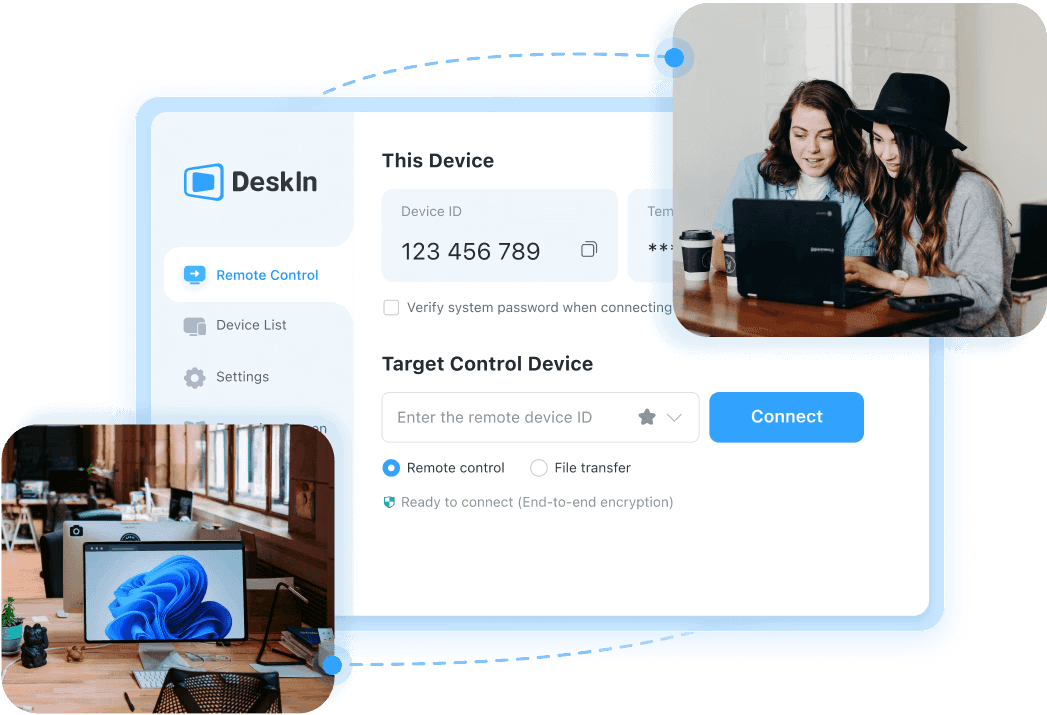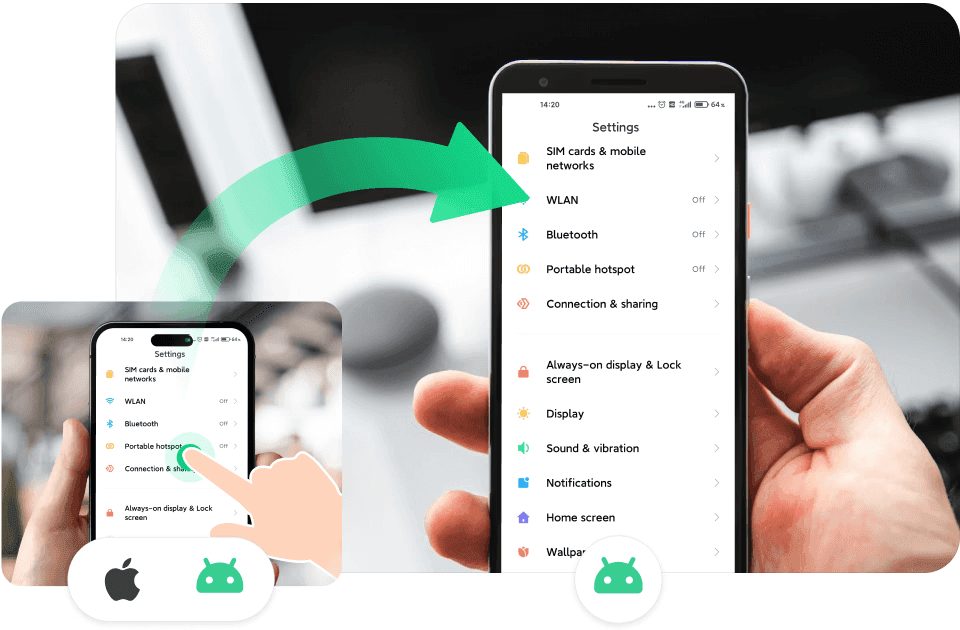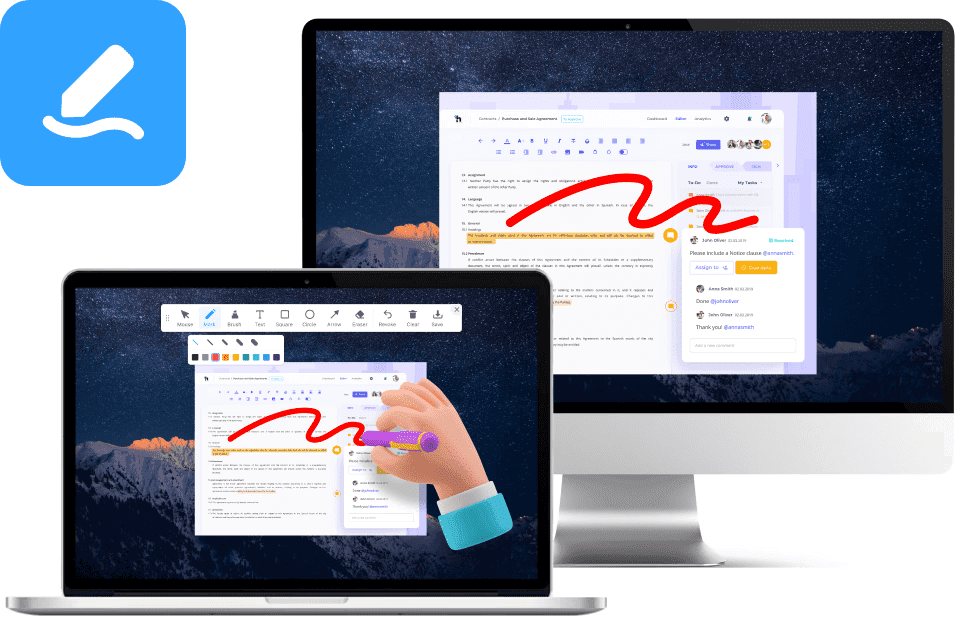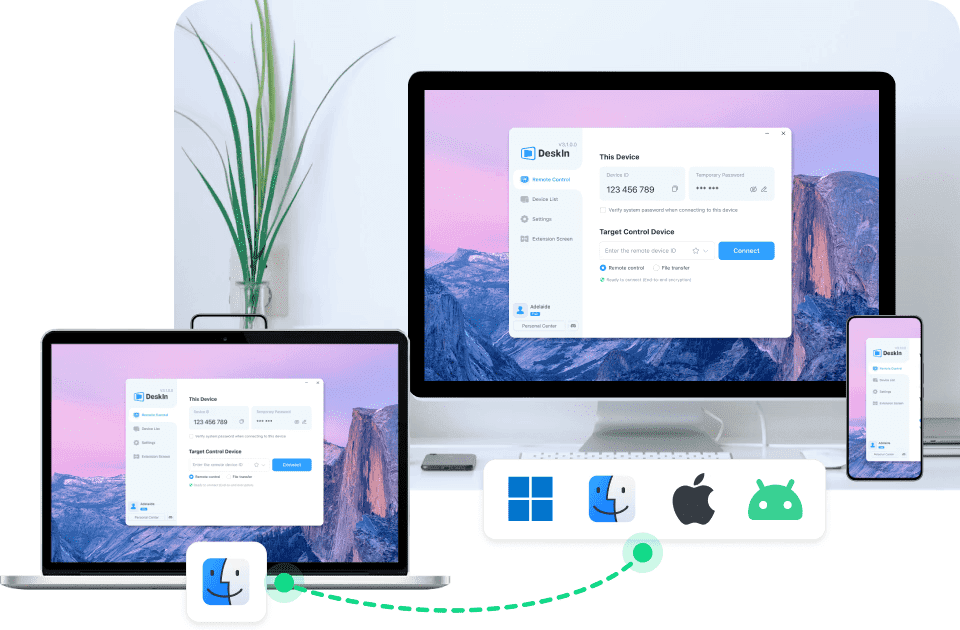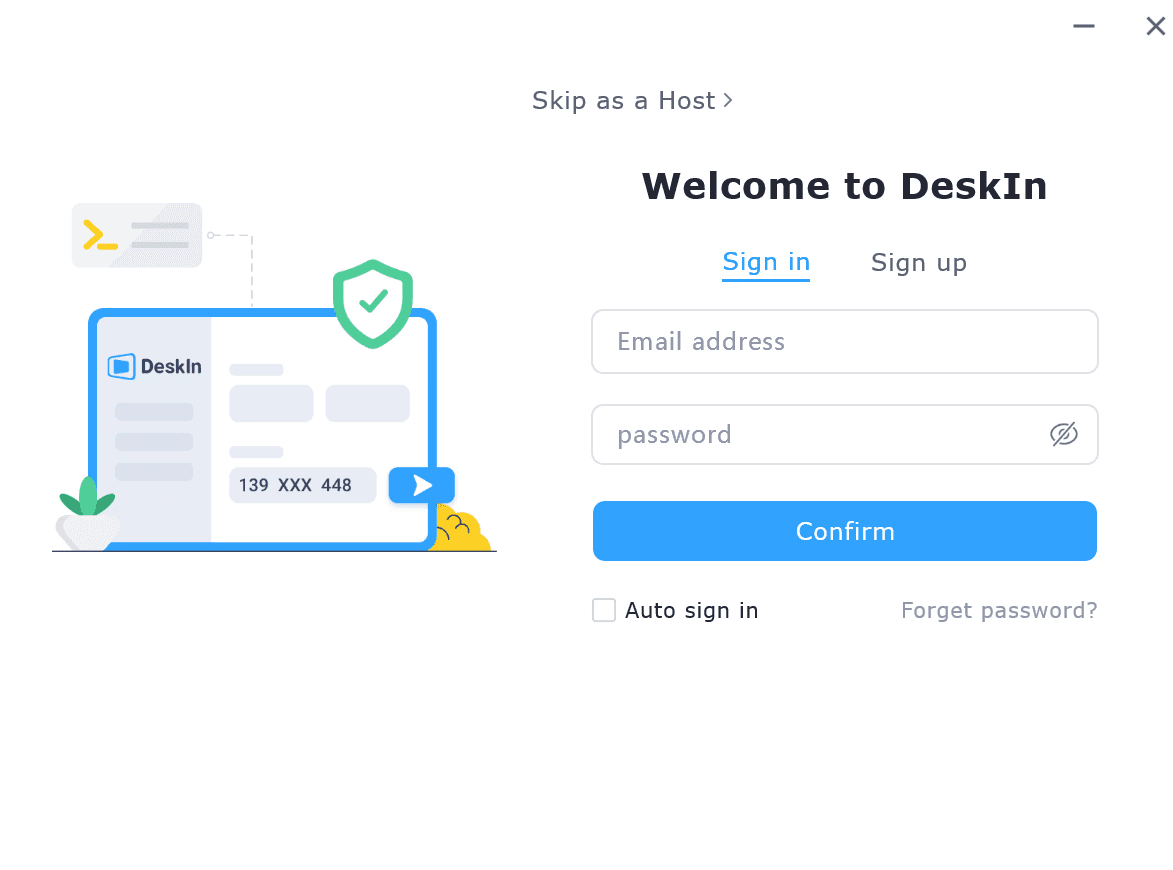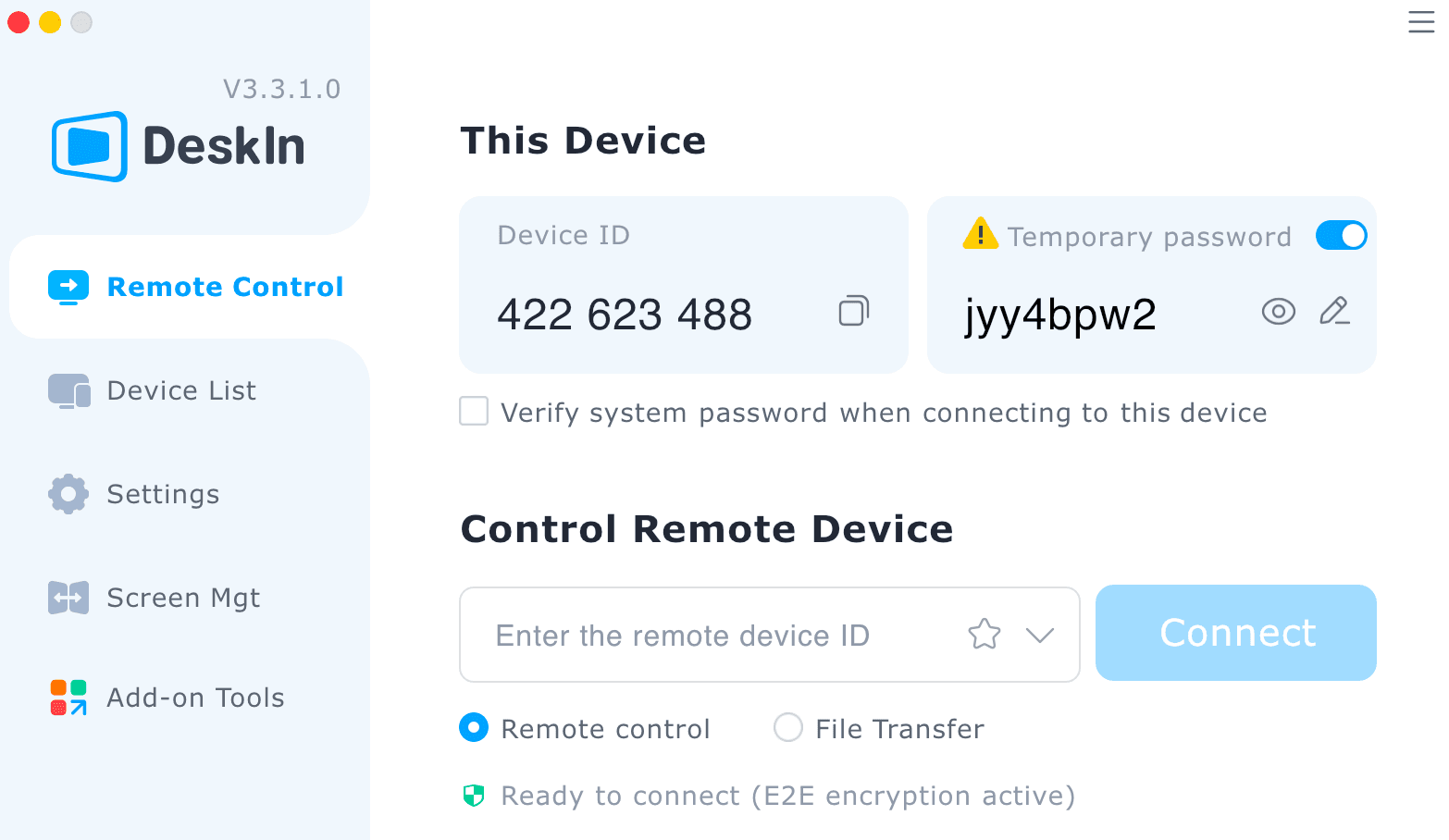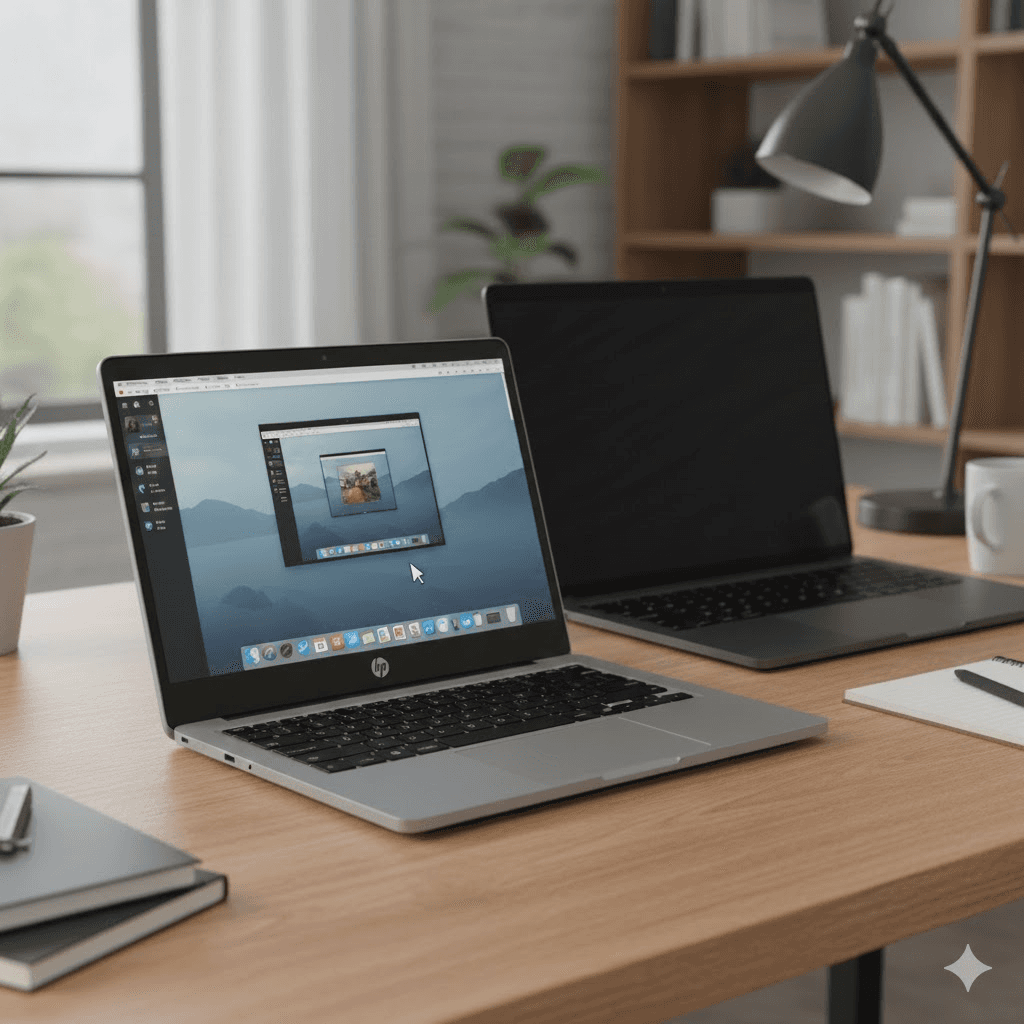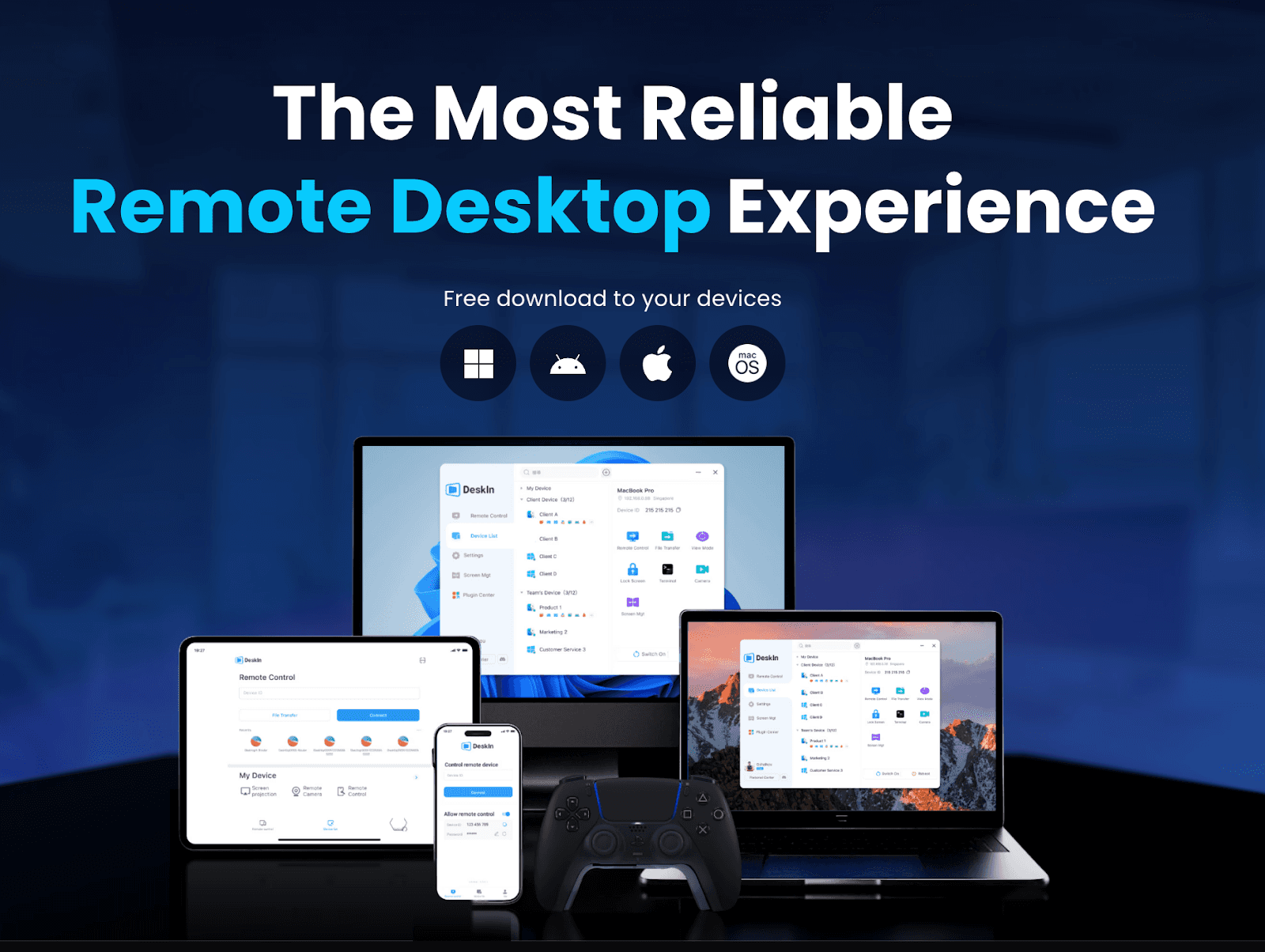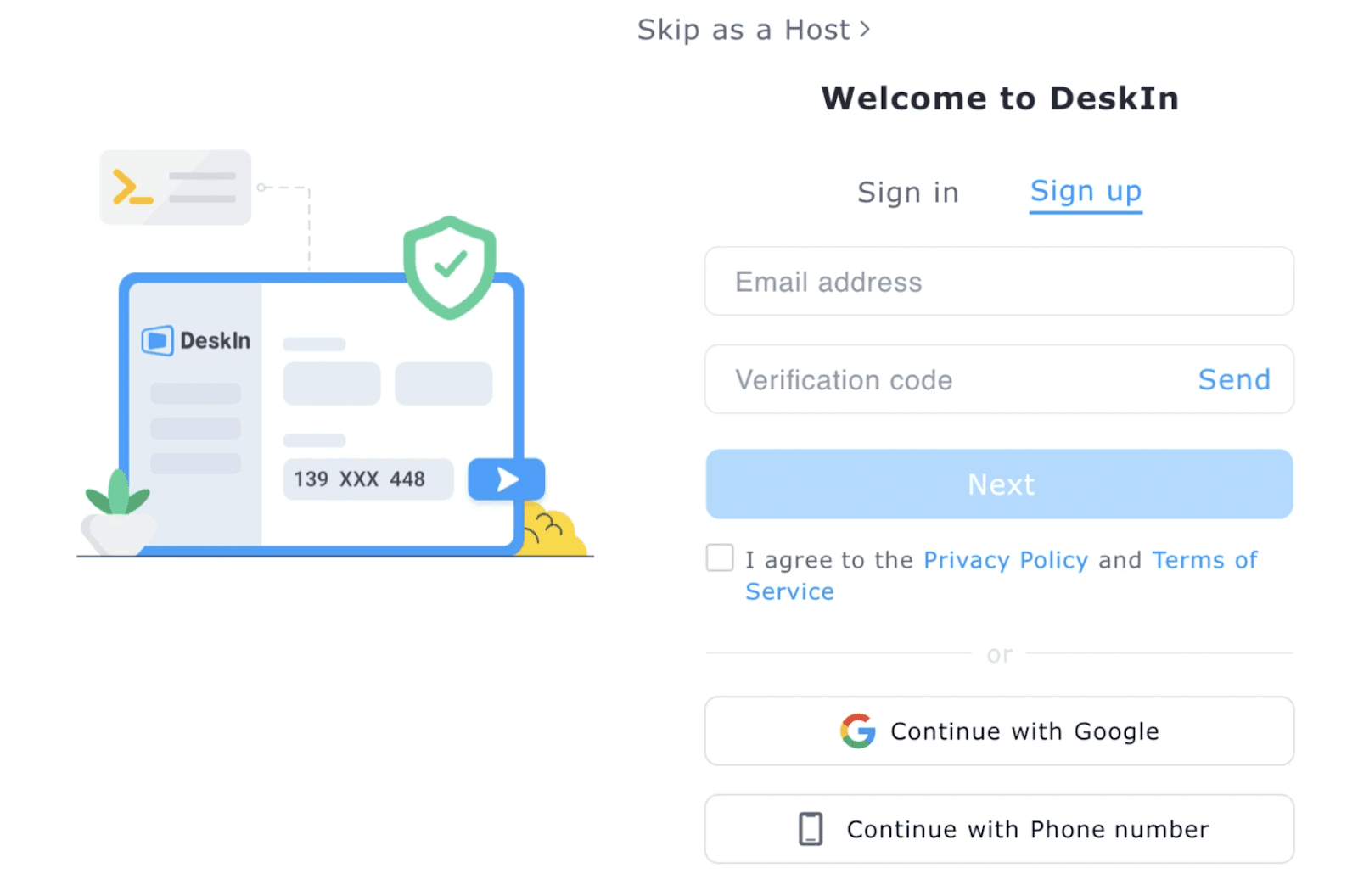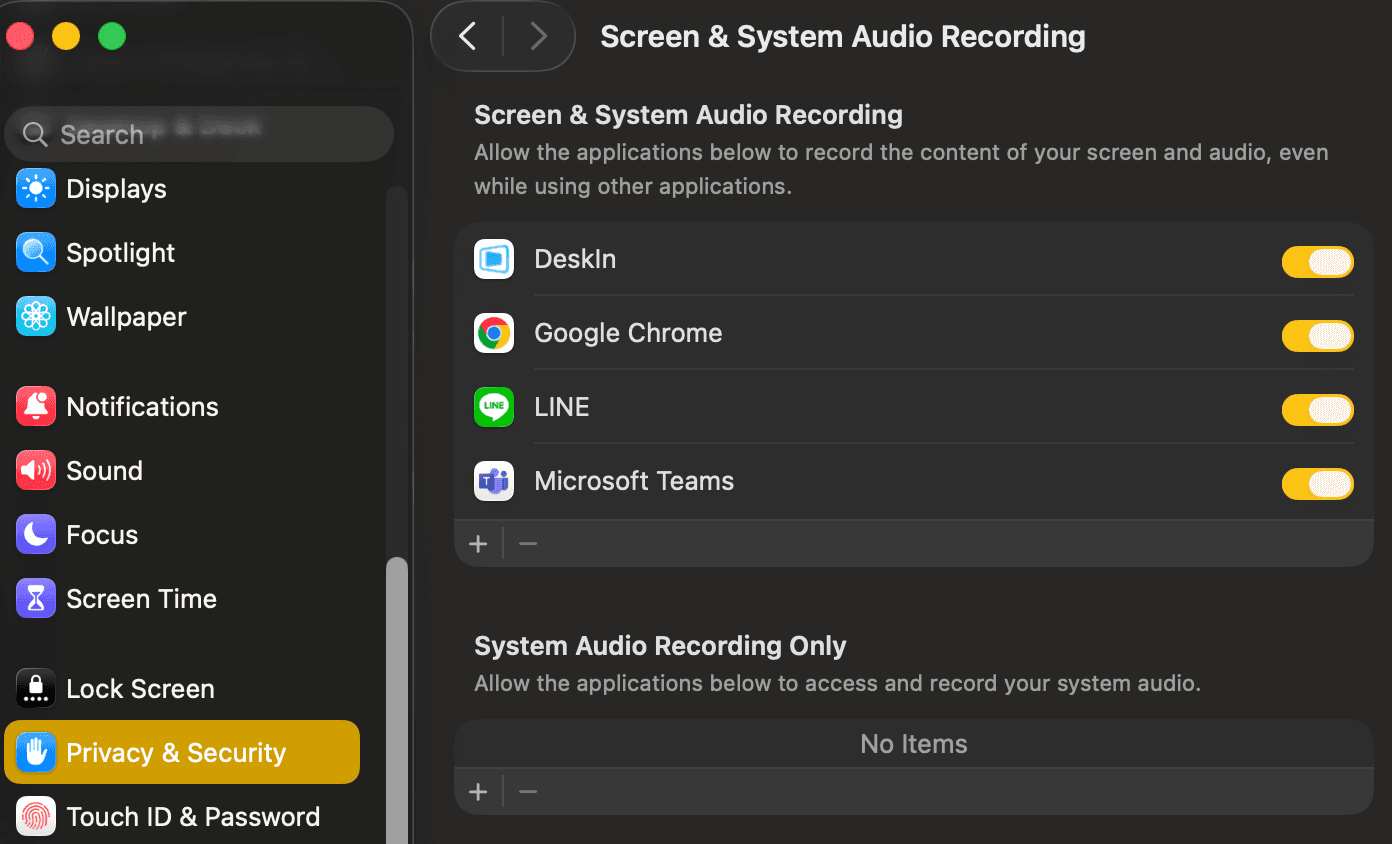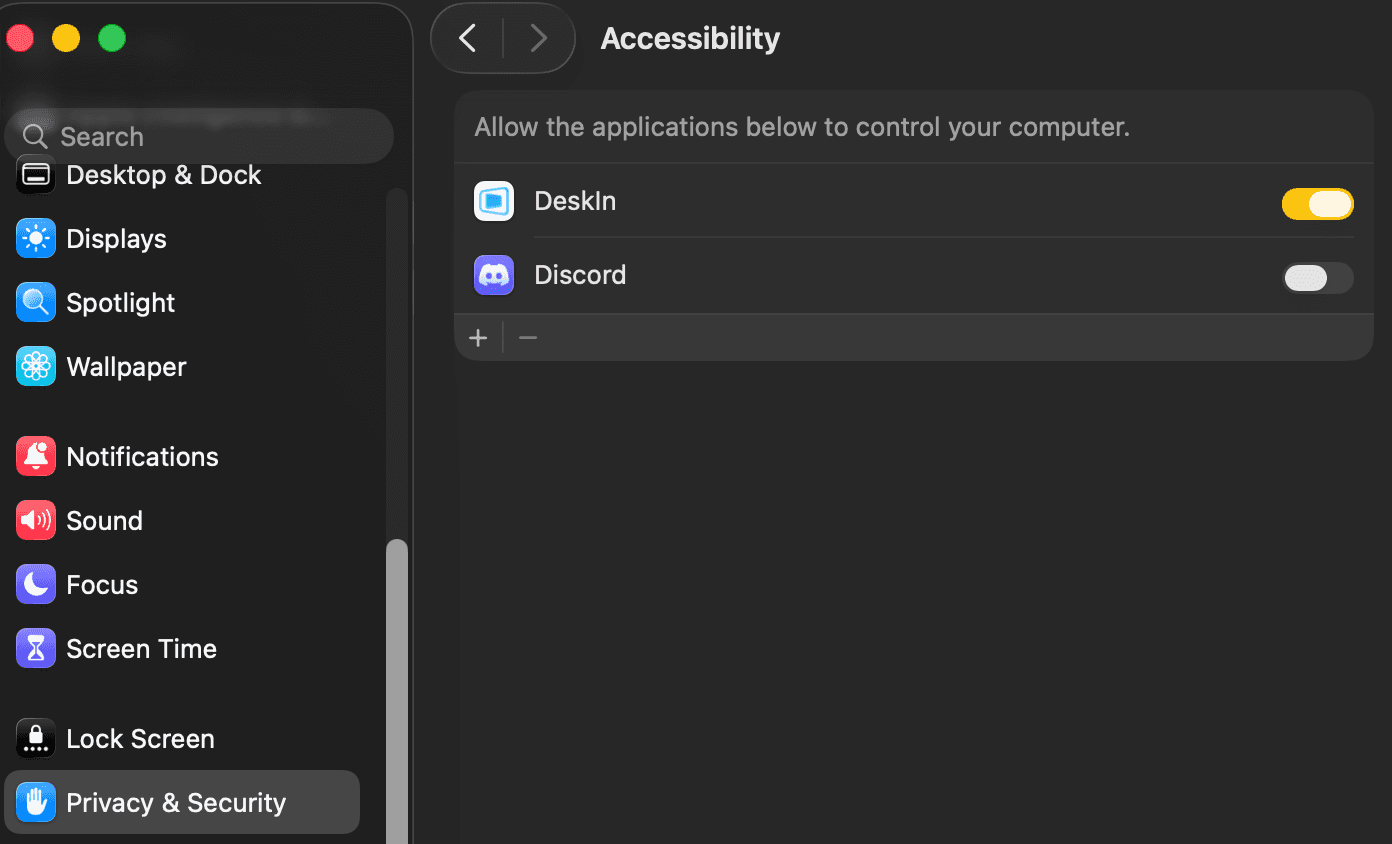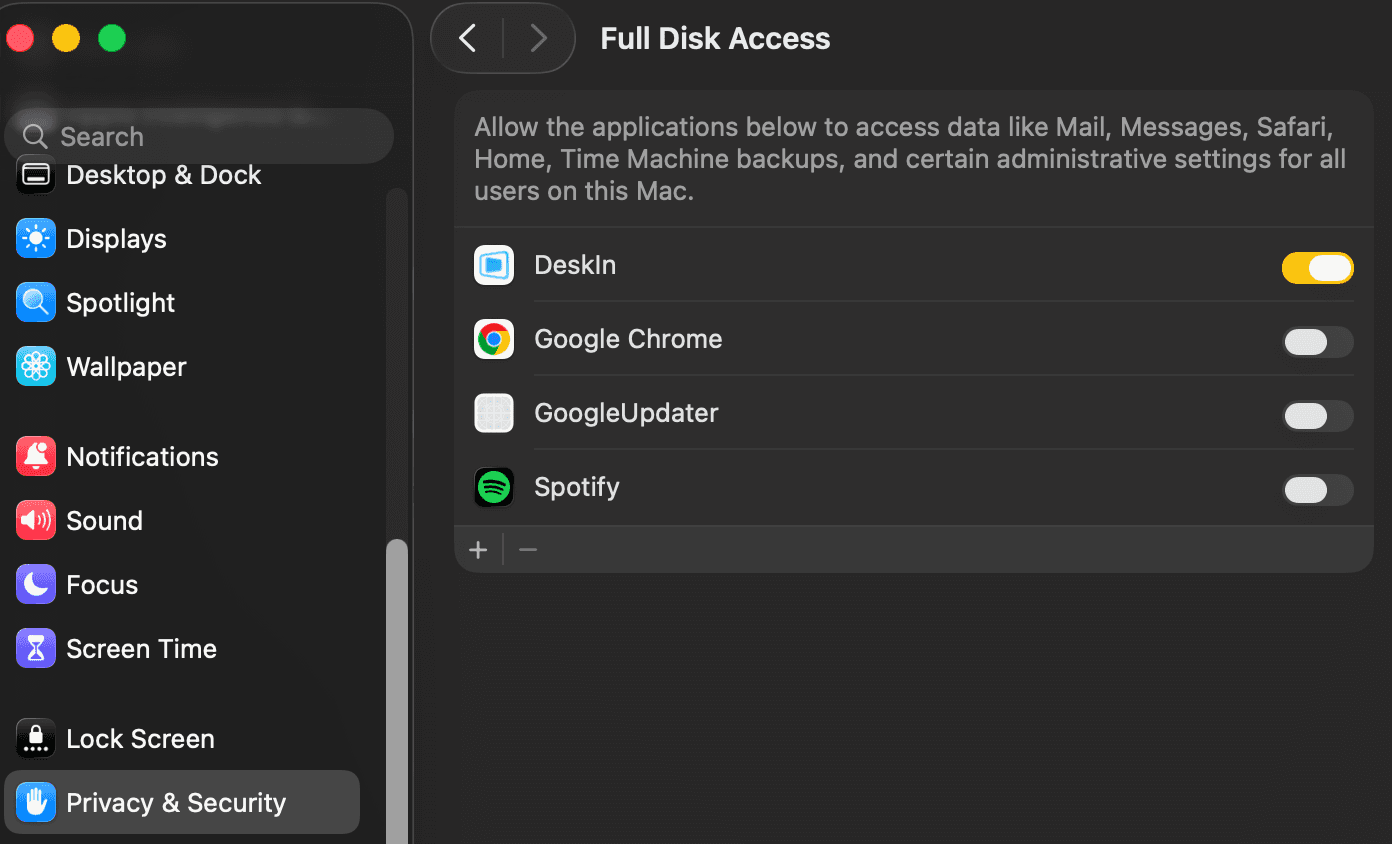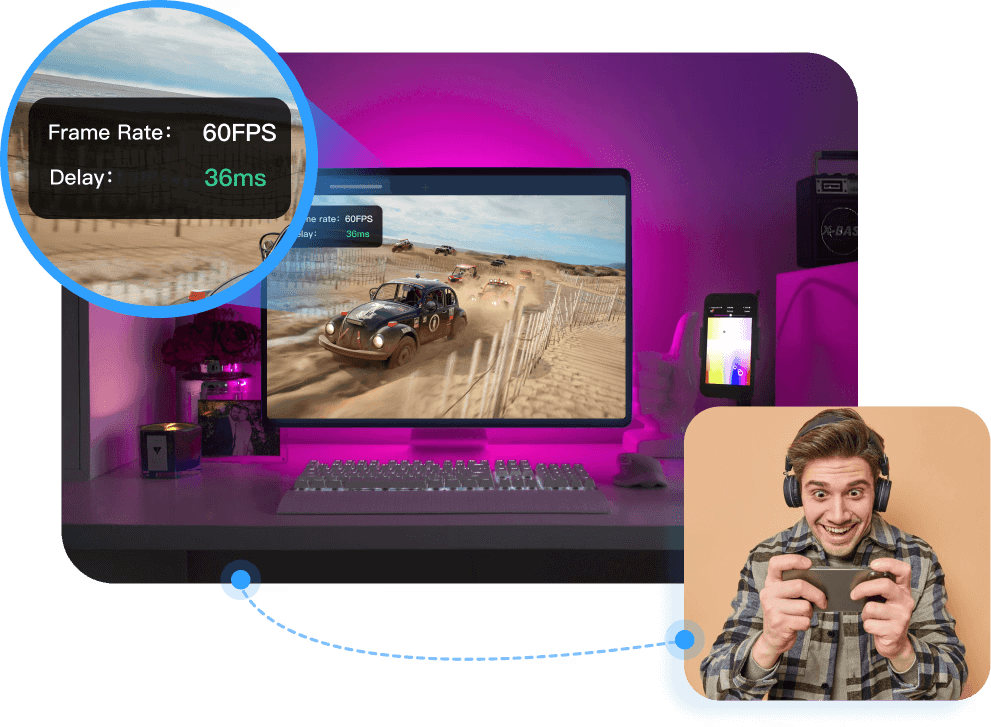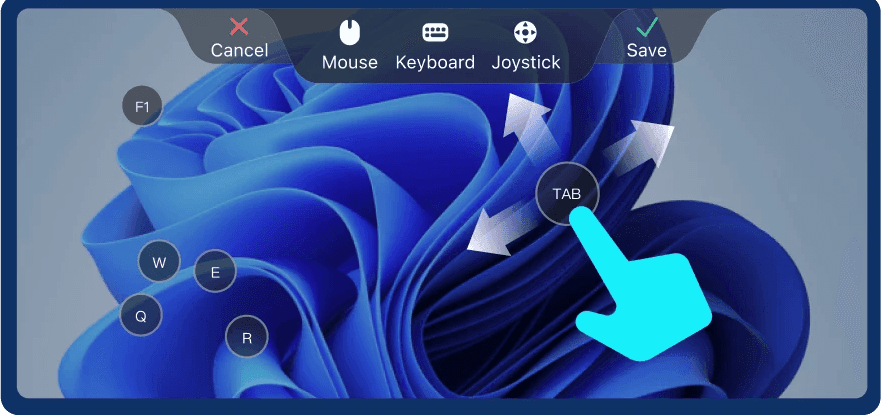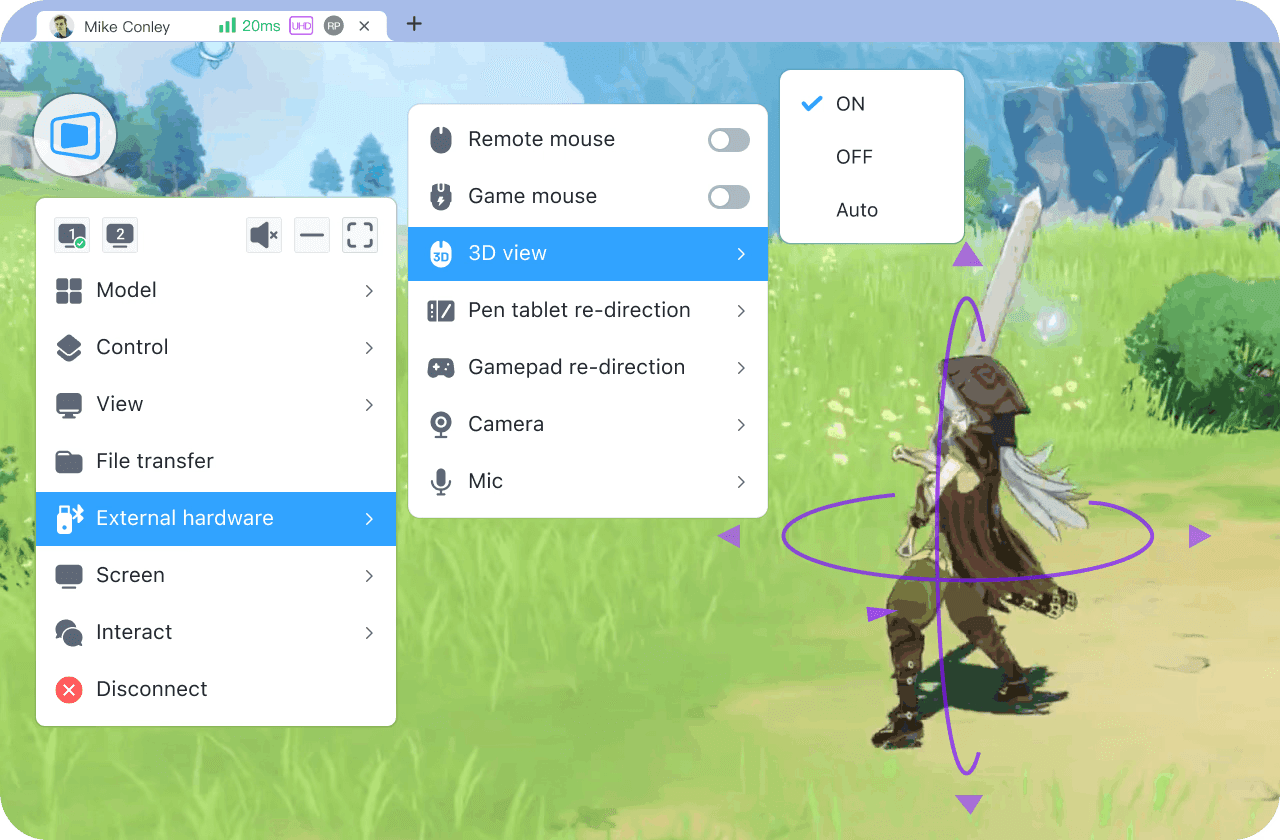Walmart, a well-known global retail chain, is currently the largest company in the world in terms of revenue. Operating over 10,000 shopping malls across 27 countries, Walmart carries 69 brands, and employs more than 2.2 million employees worldwide. More than 200 million customers visit Walmart every week.
Walmart has implemented a new concept of “one-stop” shopping
In recent years, Walmart has implemented a new concept of “one-stop” shopping, which allows consumers to purchase all the goods they need in the shortest possible time and at the fastest possible speed. This fast and convenient way of shopping online has attracted large-scale users and pushed the company to new heights.
As a mega company operating across retail, ecommerce, logistics, and maintenance, Walmart faced a challenge during the pandemic: its employees were working remotely across various regions and could not reach the onsite offices in time to support project progress. To address this, the team implemented DeskIn Enterprise Edition, enabling efficient offsite management. Employees could now work remotely with stable, smooth, and high definition access, editing documents, processing data, printing orders, and managing store equipment—all essential tasks for on time delivery.

Obstacles to Walmart's Cross-Regional Work
The Walmart team, with its extensive operations and widely dispersed workforce across retail, logistics, administration, and operations, is equipped with numerous high-performance computers at regional offices. However, during frequent pandemic-related disruptions, many employees do not have access to their previous work data—such as order information—on their personal home computers, which were often underpowered and unable to run professional applications. In addition, the decentralized nature of working from home became a managerial obstacle.
To address these unique remote work and management challenges, Walmart ultimately chose DeskIn Enterprise Edition. It delivered a secure, efficient, and low-barrier solution for employees working from home, significantly improving the speed and quality of their remote work.

The Story of Working with DeskIn
At first, the Walmart team tried several remote products, but found that using traditional VPN+RDP or other remote software didn't effectively solve the stability and security problems of simultaneous remote work for multiple people:
-VPN+RDP: Bandwidth is severely limited, almost impossible to operate during peak hours.
Other remote software: In addition to frequent lagging and security concerns, unclear interfaces and complex operations greatly increased communication costs and impacted the user experience.
Initially, the Walmart team tried multiple remote solutions but found that traditional VPN + RDP and other remote tools failed to reliably and securely support multiple users working remotely:
VPN + RDP: Severely bandwidth limited—virtually unusable during peak hours.
Other remote software: Suffered frequent lag, security concerns, unclear interfaces, and complex operation, significantly increasing communication overhead and degrading user experience.
After trying out the DeskIn Enterprise Edition and experiencing truly smooth control firsthand, Walmart immediately equipped its functional teams with the DeskIn remote work suite. During the pandemic, this precise remote access solution enabled efficient management of remote work and ensured project progress stayed on schedule. Post-pandemic, the company has continued using DeskIn for hybrid work environments and business trips—quickly resolving urgent tasks and maintaining business continuity.

Detailed Connection Log Records
DeskIn Enterprise Edition’s connection log feature captures detailed information—such as user account, device, start time, and connection duration. Administrators can review these logs to gain a clear, visual understanding of each employee’s remote work activities.
On one hand, the log function provides departments with valuable insights for performance analysis, helping boost overall efficiency. On the other hand, the operational records can be audited and traced, fulfilling corporate security and compliance requirements. checked and traced back to meet the requirements of corporate security compliance.

Unified Console Management
The Enterprise Edition’s product console features a clear and precise internal design logic that helps businesses standardize management practices and maximize efficiency. Administrators can perform all-roles, devices, and permissions using one central console.
User–Device 1:1 Binding: With a single command, installation and binding are completed simultaneously. Once the controlled-side installation finishes, the device is automatically added to the enterprise device list, making corporate device management more orderly.

Fine-grained role and permission management: Administrators are allowed to restrict employee operations as needed—such as disabling file transfer or clipboard functionality—thereby safeguarding corporate assets and providing secure, compliant remote support to clients.
Dynamic unified account management: When an employee leaves, their account is immediately deactivated—greatly reducing the risk of data leakage.

With outstanding, leading product technology—combined with the versatile features and robust management backend described above—the Walmart team found DeskIn Enterprise Edition to be truly reassuring during their deployment. Our professional, attentive service has also laid a solid foundation for future collaborations between both parties.
For enterprise-level remote control, choose DeskIn!
Click here to download DeskIn Enterprise
Walmart, a well-known global retail chain, is currently the largest company in the world in terms of revenue. Operating over 10,000 shopping malls across 27 countries, Walmart carries 69 brands, and employs more than 2.2 million employees worldwide. More than 200 million customers visit Walmart every week.
Walmart has implemented a new concept of “one-stop” shopping
In recent years, Walmart has implemented a new concept of “one-stop” shopping, which allows consumers to purchase all the goods they need in the shortest possible time and at the fastest possible speed. This fast and convenient way of shopping online has attracted large-scale users and pushed the company to new heights.
As a mega company operating across retail, ecommerce, logistics, and maintenance, Walmart faced a challenge during the pandemic: its employees were working remotely across various regions and could not reach the onsite offices in time to support project progress. To address this, the team implemented DeskIn Enterprise Edition, enabling efficient offsite management. Employees could now work remotely with stable, smooth, and high definition access, editing documents, processing data, printing orders, and managing store equipment—all essential tasks for on time delivery.

Obstacles to Walmart's Cross-Regional Work
The Walmart team, with its extensive operations and widely dispersed workforce across retail, logistics, administration, and operations, is equipped with numerous high-performance computers at regional offices. However, during frequent pandemic-related disruptions, many employees do not have access to their previous work data—such as order information—on their personal home computers, which were often underpowered and unable to run professional applications. In addition, the decentralized nature of working from home became a managerial obstacle.
To address these unique remote work and management challenges, Walmart ultimately chose DeskIn Enterprise Edition. It delivered a secure, efficient, and low-barrier solution for employees working from home, significantly improving the speed and quality of their remote work.

The Story of Working with DeskIn
At first, the Walmart team tried several remote products, but found that using traditional VPN+RDP or other remote software didn't effectively solve the stability and security problems of simultaneous remote work for multiple people:
-VPN+RDP: Bandwidth is severely limited, almost impossible to operate during peak hours.
Other remote software: In addition to frequent lagging and security concerns, unclear interfaces and complex operations greatly increased communication costs and impacted the user experience.
Initially, the Walmart team tried multiple remote solutions but found that traditional VPN + RDP and other remote tools failed to reliably and securely support multiple users working remotely:
VPN + RDP: Severely bandwidth limited—virtually unusable during peak hours.
Other remote software: Suffered frequent lag, security concerns, unclear interfaces, and complex operation, significantly increasing communication overhead and degrading user experience.
After trying out the DeskIn Enterprise Edition and experiencing truly smooth control firsthand, Walmart immediately equipped its functional teams with the DeskIn remote work suite. During the pandemic, this precise remote access solution enabled efficient management of remote work and ensured project progress stayed on schedule. Post-pandemic, the company has continued using DeskIn for hybrid work environments and business trips—quickly resolving urgent tasks and maintaining business continuity.

Detailed Connection Log Records
DeskIn Enterprise Edition’s connection log feature captures detailed information—such as user account, device, start time, and connection duration. Administrators can review these logs to gain a clear, visual understanding of each employee’s remote work activities.
On one hand, the log function provides departments with valuable insights for performance analysis, helping boost overall efficiency. On the other hand, the operational records can be audited and traced, fulfilling corporate security and compliance requirements. checked and traced back to meet the requirements of corporate security compliance.

Unified Console Management
The Enterprise Edition’s product console features a clear and precise internal design logic that helps businesses standardize management practices and maximize efficiency. Administrators can perform all-roles, devices, and permissions using one central console.
User–Device 1:1 Binding: With a single command, installation and binding are completed simultaneously. Once the controlled-side installation finishes, the device is automatically added to the enterprise device list, making corporate device management more orderly.

Fine-grained role and permission management: Administrators are allowed to restrict employee operations as needed—such as disabling file transfer or clipboard functionality—thereby safeguarding corporate assets and providing secure, compliant remote support to clients.
Dynamic unified account management: When an employee leaves, their account is immediately deactivated—greatly reducing the risk of data leakage.

With outstanding, leading product technology—combined with the versatile features and robust management backend described above—the Walmart team found DeskIn Enterprise Edition to be truly reassuring during their deployment. Our professional, attentive service has also laid a solid foundation for future collaborations between both parties.
For enterprise-level remote control, choose DeskIn!
Click here to download DeskIn Enterprise






